Type of resources
Categories
INSPIRE themes
Keywords
Contact for the resource
Formats
Representation types
Scale
Resolution
From
1
-
10
/
383
-
-
-
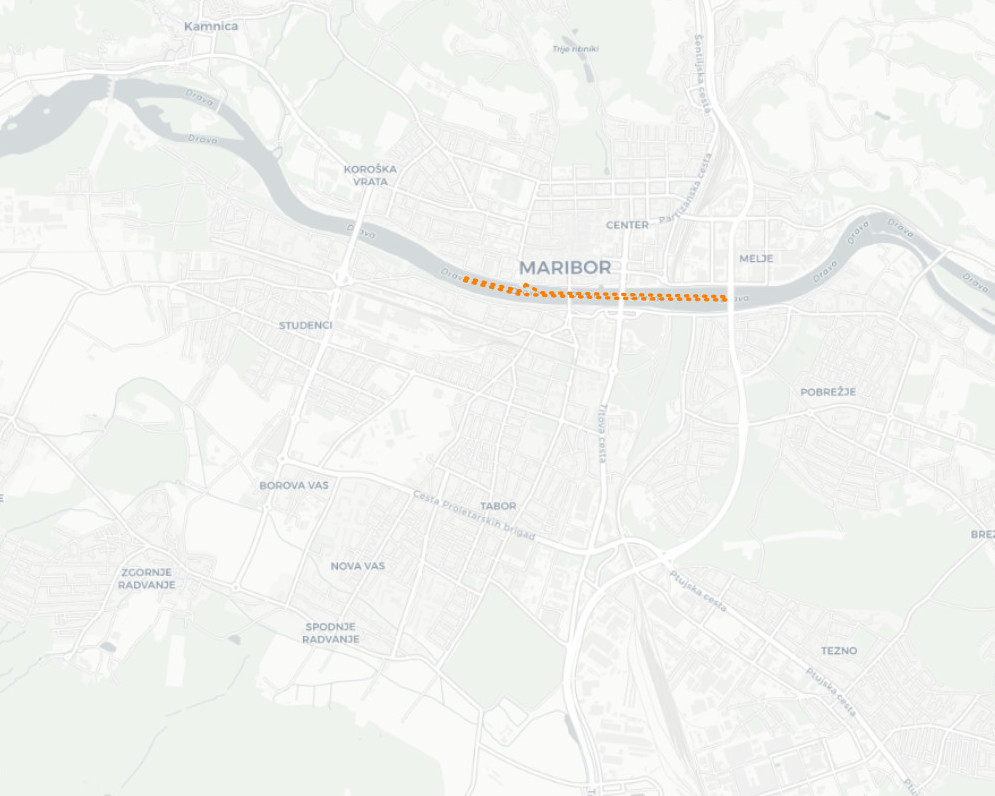
-
-
-
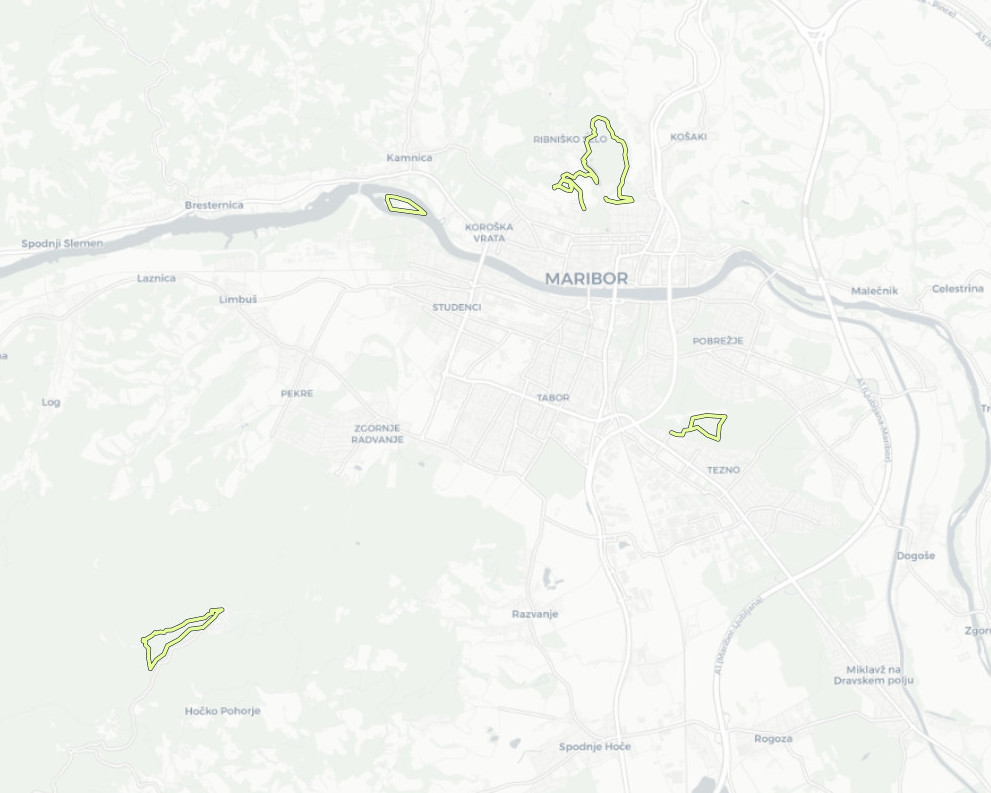
-
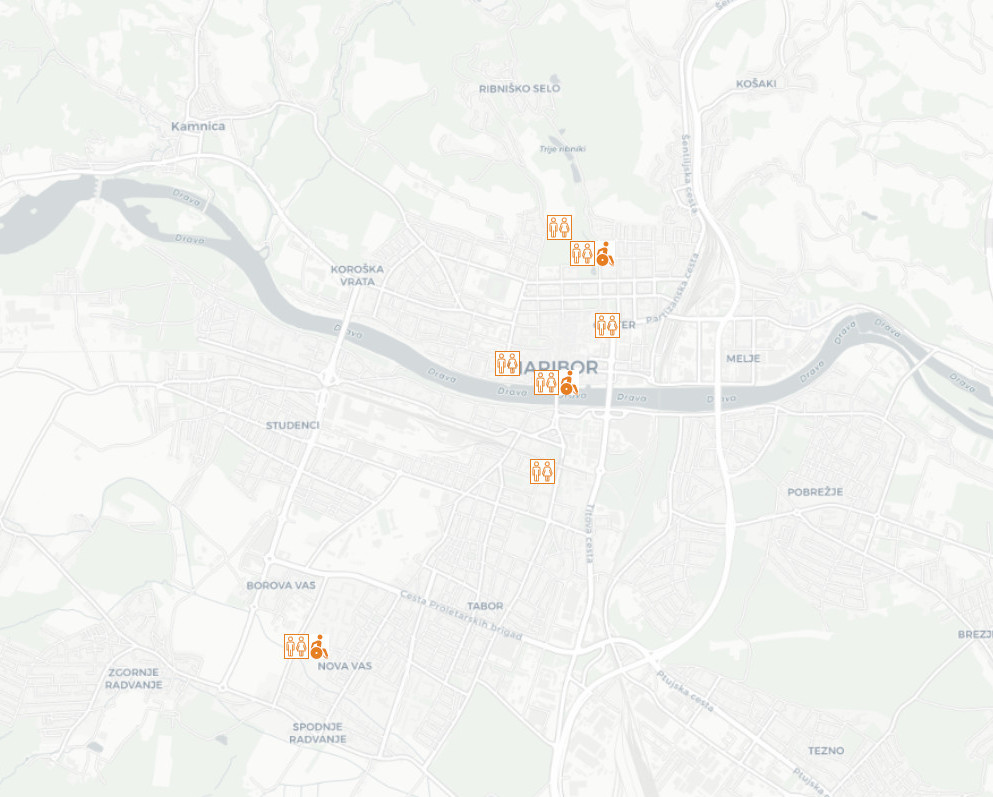
-
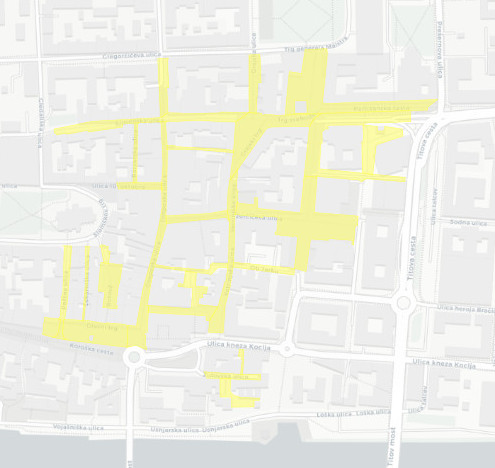
-
-
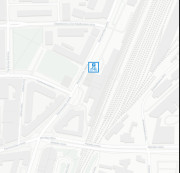
The layer keeps track on the locations of bicycle sheds, the layer was made for the needs of the Melinda 2020 project and represents the cross-sectional state.
 Slovenski INSPIRE metapodatkovni sistem
Slovenski INSPIRE metapodatkovni sistem